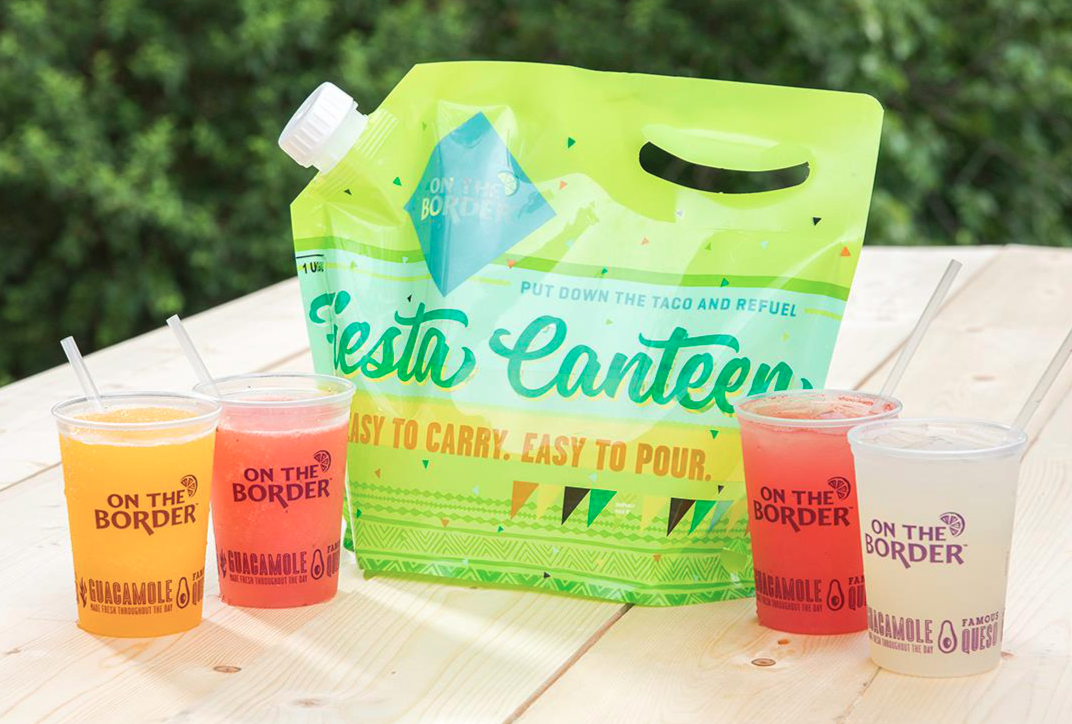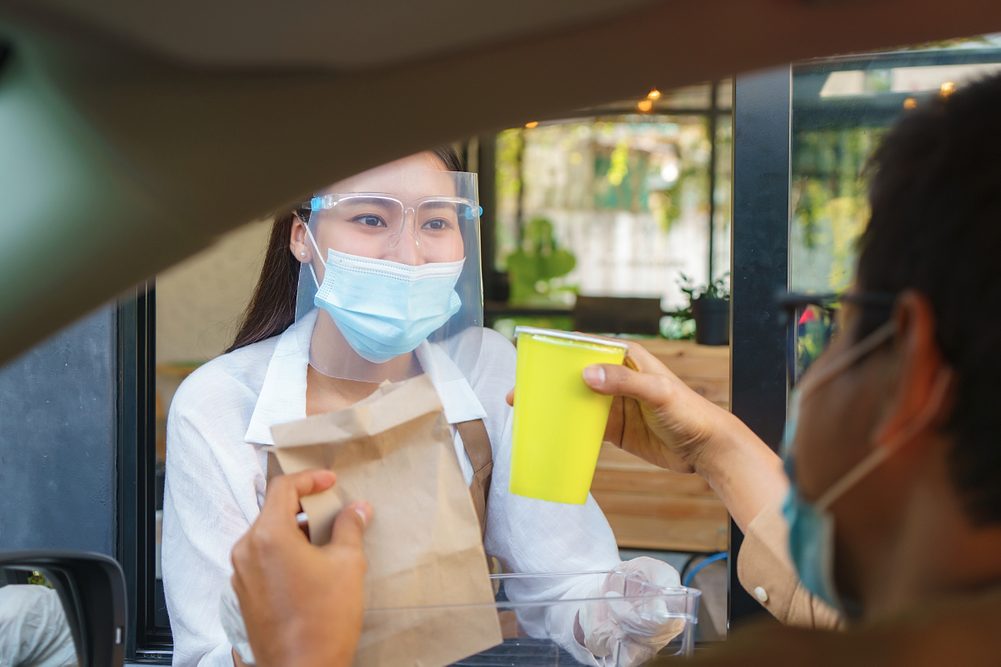KANSAS CITY — Restaurants in at least 10 states remain closed for indoor dining, and curfews and capacity restrictions remain in effect in more than 30 others. Those regulations have a direct impact on restaurant sales, according to data from Sysco.
“If a restriction goes in place and changes restaurant dining capacity to a more restrictive number, we see an immediate change in the data,” said Neil Russell, vice president of corporate affairs at Sysco, during a Jan. 15 webinar hosted by the Center for Food Integrity.
Restrictions are likely to remain in place for months, even as the coronavirus (COVID-19) vaccine begins rolling out across the country. The result is that more than 500,000 restaurants remain in economic freefall, said Hudson Riehle, senior vice president of research at the National Restaurant Association (NRA).
“I think it's important to look at 2021 as a year of transition for the restaurant industry, and because the amount of the loss is so substantial, there's no way in a single year that it can be regained,” he said.
Investments in off-premises capabilities will continue in 2021, Mr. Riehle predicted. This is especially true for full-service restaurants, which have had to invest more heavily to build delivery and takeout services during the pandemic.
Restaurants across segments have simplified menus to meet the surge in off-premises orders. Full-service restaurants were most likely to streamline menus, with 63% of fine dining restaurants and 53% of casual dining restaurants offering fewer menu items in 2020, compared to 35% of quick-service restaurants.
 The ability to add alcoholic beverages to off-premises orders has been a lifeline for full-service restaurants.
The ability to add alcoholic beverages to off-premises orders has been a lifeline for full-service restaurants.
“Over half of millennials say it's more likely for them to choose a restaurant based on that option of having alcohol available,” Mr. Riehle said. “There's certain municipalities and areas that will allow this to continue in the post pandemic environment.”
Full-service restaurants also have upgraded their takeout and delivery packaging to preserve product integrity, while restaurants across segments have found new ways to repurpose shared dishes for individual consumption.
“You're seeing a big demand and increase for single-serve type packaging and single-serve type products,” Mr. Russell said. “It provides not only safety during the pandemic, but convenience. People are becoming accustomed to that, they like the individual choice.”
Going forward, restaurant operators will need to balance increased demand for single-serve items in off-premises orders with sustainability concerns.
“The communication point is almost more important than actually doing it,” Mr. Riehle said. “The greater emphasis on off-premises has turned a spotlight on the inadequacy of certain packaging and delivery concepts in terms of the containers, and the re-engineering of these is already underway.  There's little doubt that several years from now, the availability of the typical restaurant operator to have sustainable packaging, and eco-friendly practices on the off-premises market will definitely be enhanced.”
There's little doubt that several years from now, the availability of the typical restaurant operator to have sustainable packaging, and eco-friendly practices on the off-premises market will definitely be enhanced.”
While investments in digital technologies to support off-premises capabilities will be critical going forward, restaurants can expect consumers to return to dining rooms in the future.
“The pent-up demand for restaurant services remains quite elevated,” Mr. Riehle said. “This is basically consumers saying they're not using restaurants as much as they would like in their daily lifestyle.”
Sysco found restaurant sales improve almost immediately once local restrictions are rolled back.
“When a restriction in a local area changes and improves, there are people who have been waiting to celebrate those anniversaries, birthdays and other events,” Mr. Russell said. “We see the data improve dramatically as soon as those restrictions are eased.”





